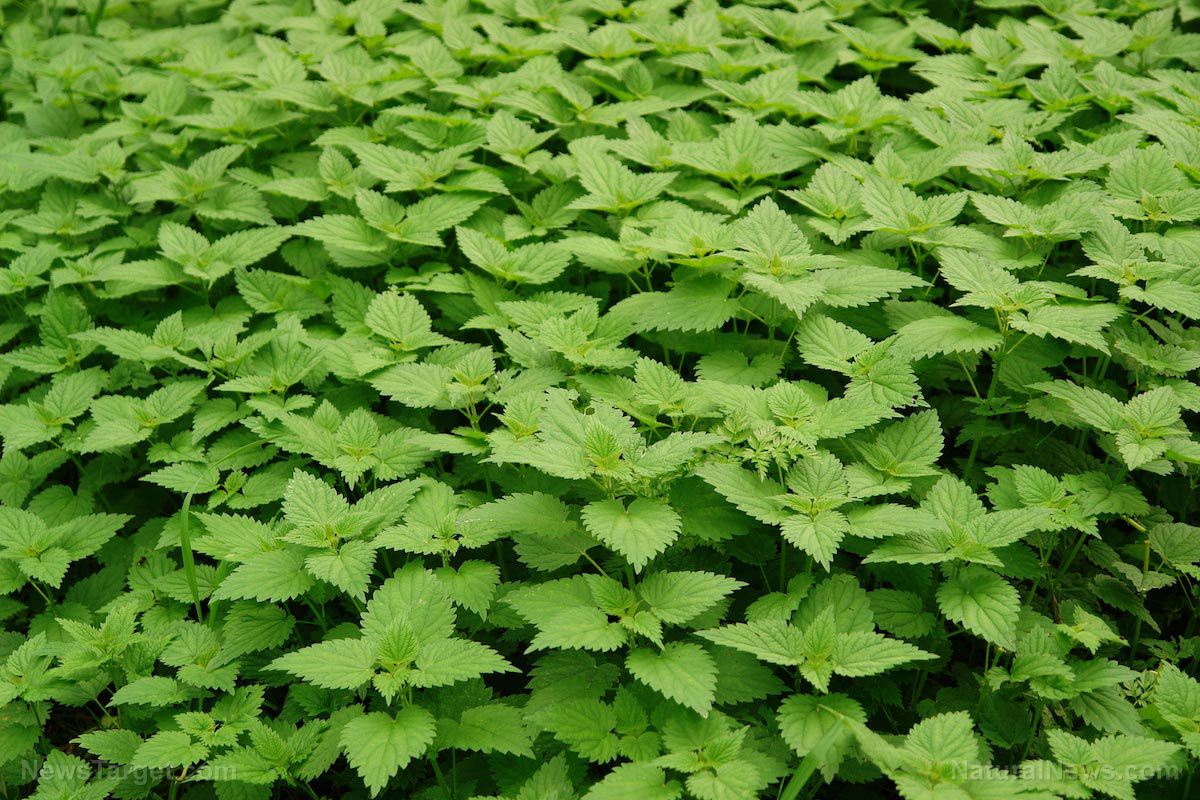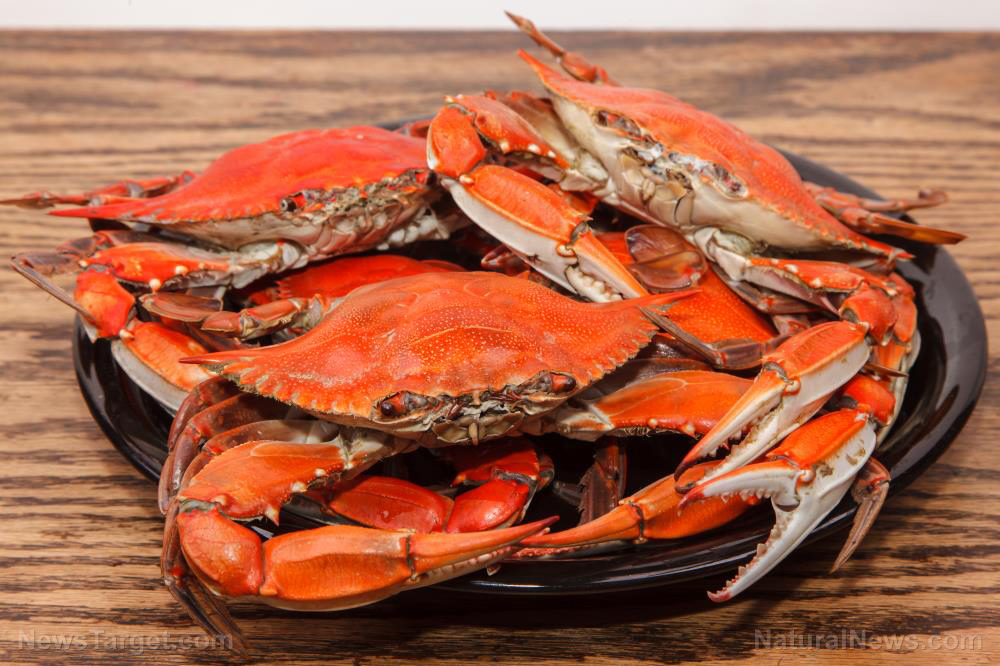
Advertisement
Both seasoned preppers and beginners would do well to read up on two versatile superfood herbs – purslane and stinging nettle – that may prove to be great additions to your list of wild edibles to forage in spring. (h/t to BackdoorSurvival.com)
First up is purslane (Portulaca), which often grows near cultivated garden plants. This plant thrives in freshly turned rich or sandy soil. Most people consider it a pesky weed, but this fast-growing annual succulent plant is not only delicious, it’s also nutritious.
If you’re having trouble managing your lipid numbers, consider consuming some purslane, which is often used to lower low-density lipoprotein (LDL) or “bad” cholesterol levels. Purslane flowers appear sometime in mid-July, and after several weeks the seed pods grow. These pods are full of tiny black seeds. Purslane is very easy to pull out of the soil: Just grasp the center of the plant (where the root is attached), then slowly pull upwards so the entire plant comes out in one piece.
Take note that purchased and foraged seeds and plants have some differences. Foraged purslane grows horizontally across the ground and it can spread out as much as 16 inches. The plant will lie loosely on the ground while purchased purslane usually grows upright and is a bit larger.
Purslane is good for the skin, urinary and digestive systems. It is full of antioxidants, calcium, carotene, iron, magnesium, omega-3 fatty acids, pectin, phosphorus, potassium, riboflavin, vitamin C, and vitamin E.
Next is the stinging nettle. Nettle has healing properties and it is probably the most well-known and widely used plant in the Nettle family. (Related: Sipping on Nettle Tea for Better Health – 28 Stinging Nettle Benefits.)
Take note that there are four plants in the Nettle family and all thrive in the eastern area of North America:
- Clearweed
- False nettle
- Stinging nettle
- Wood nettle
The nettle is considered as a superfood because of its restoring tonic effects. Here are the benefits of the stinging nettle:
- Stinging nettle is used in creams, salves, and tinctures to soothe the pain of arthritic joints.
- It can be used as a healing tea and as a pot herb.
- It decreases breathing challenges in cases of chronic obstructive pulmonary disease (COPD).
- The plant is anti-inflammatory.
- It can help control blood sugar in patients with diabetes.
- It can be used to heal wounds, which is important in a crisis situation where no help is readily available.
- It decreases water retention.
- It helps with asthma.
- It can treat diarrhea or prevent it in the first place.
- It can help treat urinary tract problems, including BPH (prostate problems).
When foraging for stinging nettle, wear protective clothing and gloves to avoid the sting. Remember that stinging nettle must be cooked before consumption. Harvested from April through May, stinging nettle’s tender young leaves are perfect for soups and stews. Add them at the end at least a few minutes before the pot is done. Cooked nettles lose their sting.
Stinging nettles have a unique appearance. Its leaves are opposite each other on the stem, with a slightly heart-shaped appearance that comes to a sharp point at the tip and is heavily toothed at the margins. The underside may have a muted purple-gray color covered with hairs. The leaves are also deeply veined.
Learn tips on how to safely forage for wild edibles at Preparedness.news.
Sources include:
Submit a correction >>
This article may contain statements that reflect the opinion of the author
Advertisement
Advertisements
















